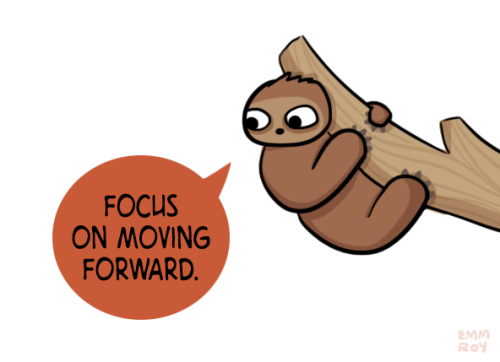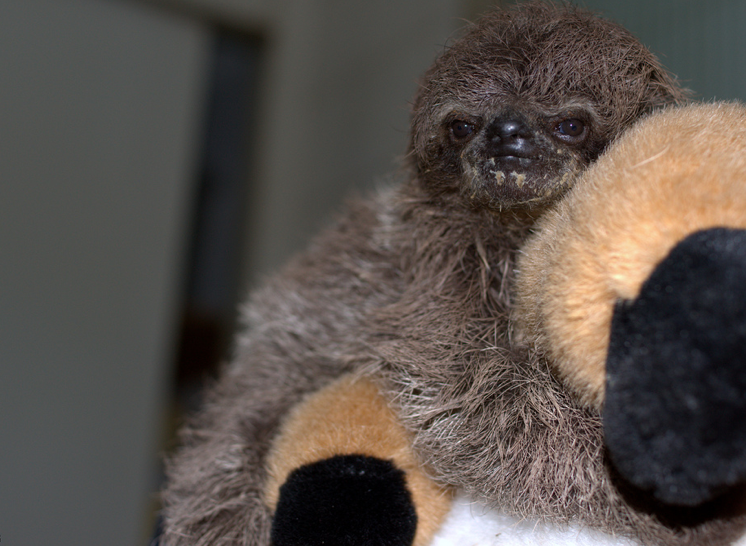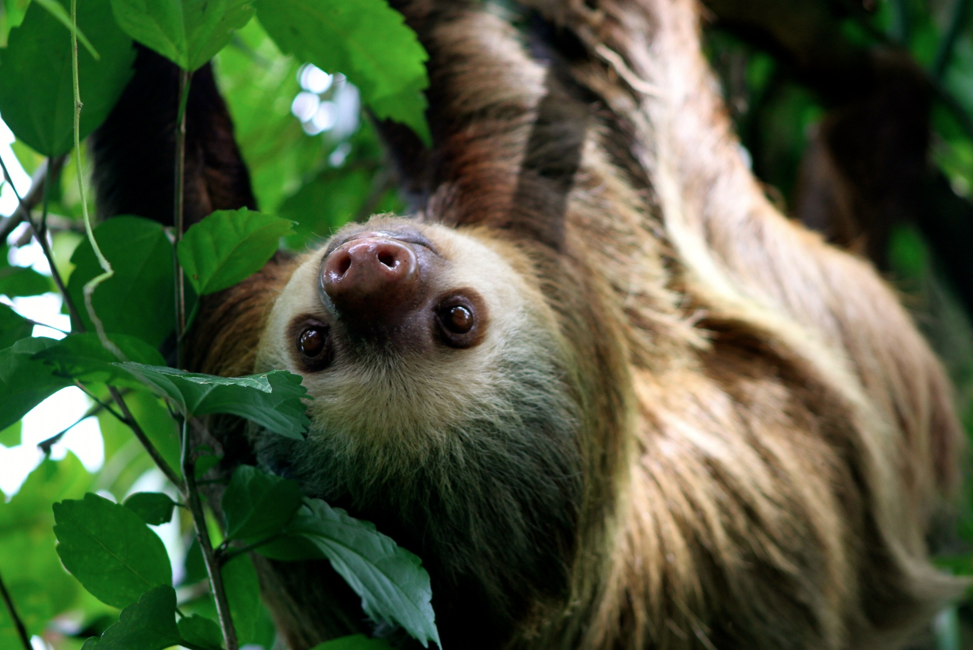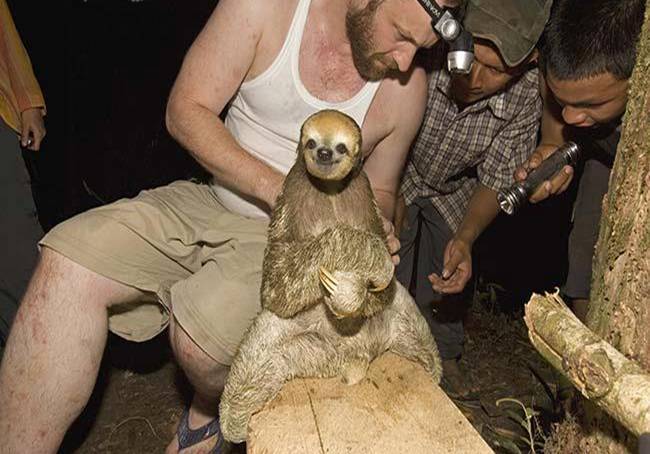It’s Friday night after my first week at my new job. It’s been… well… I’m so used to things at the Uni and just, like, being IN CONTROL, that coming to a place where I don’t know where anything is and pretty much starting from scratch is a bit overwhelming!
But it’s all good. I know eventually I’ll settle into this new place and new role and actually I am quite enjoying learning a bunch of new techniques and getting to interact with a lot of new people (although I am missing the old faces quite a bit).
It’s been a CRAZY few weeks, what with submitting my PhD thesis, finishing up at the Uni, going away on holiday and starting this new job. Now I’m hoping things will calm down a bit and I can get cracking on this next phase of my life!
 Image courtesy Emm’s Positivity Blog.
Image courtesy Emm’s Positivity Blog.





